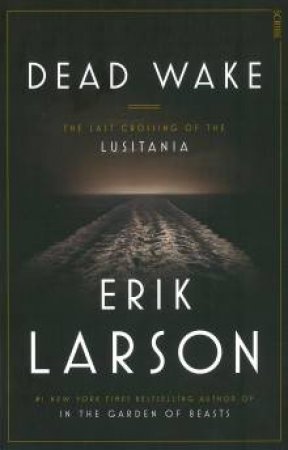
No German war vessel can get her or near her."

The idea that a German submarine could sink the ship struck many passengers as preposterous, a sentiment echoed in Cunard’s official response to the warning: "The truth is that the Lusitaniais the safest boat on the sea.

The passengers were surprisingly at ease, even though that morning a German notice had appeared in the city’s newspapers warning that travelers sailing on British ships "do so at their own risk." Though the notice didn’t name a particular vessel, it was widely interpreted as being aimed at the Lusitania. It was immense and luxurious, the fastest civilian ship then in service, and carried a full roster of passengers, including a record number of infants and children. Setting sail on May 1, 1915, from New York, the Lusitania was a monument to the hubris and ingenuity of the age. It is a timely trip, as 2015 marks the 100th anniversary of the disaster. With his remarkable new work of nonfiction Dead Wake, Erik Larson ushers us aboard the Lusitania as it begins its tragic and final crossing. The enthralling story of the sinking of the Lusitania Dead Wake: The Last Crossing of the Lusitania


 0 kommentar(er)
0 kommentar(er)
